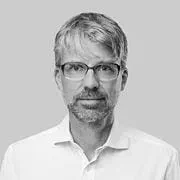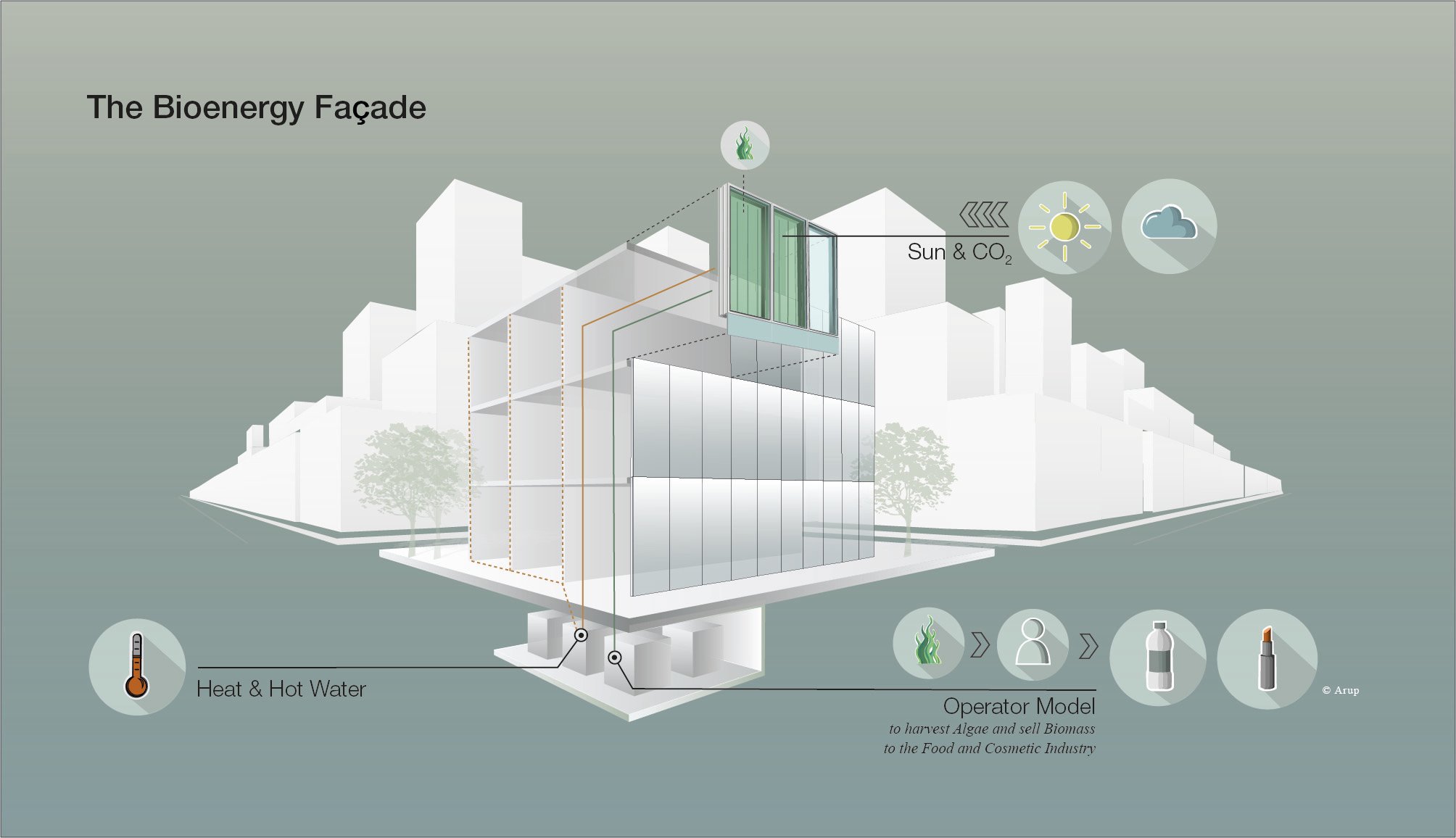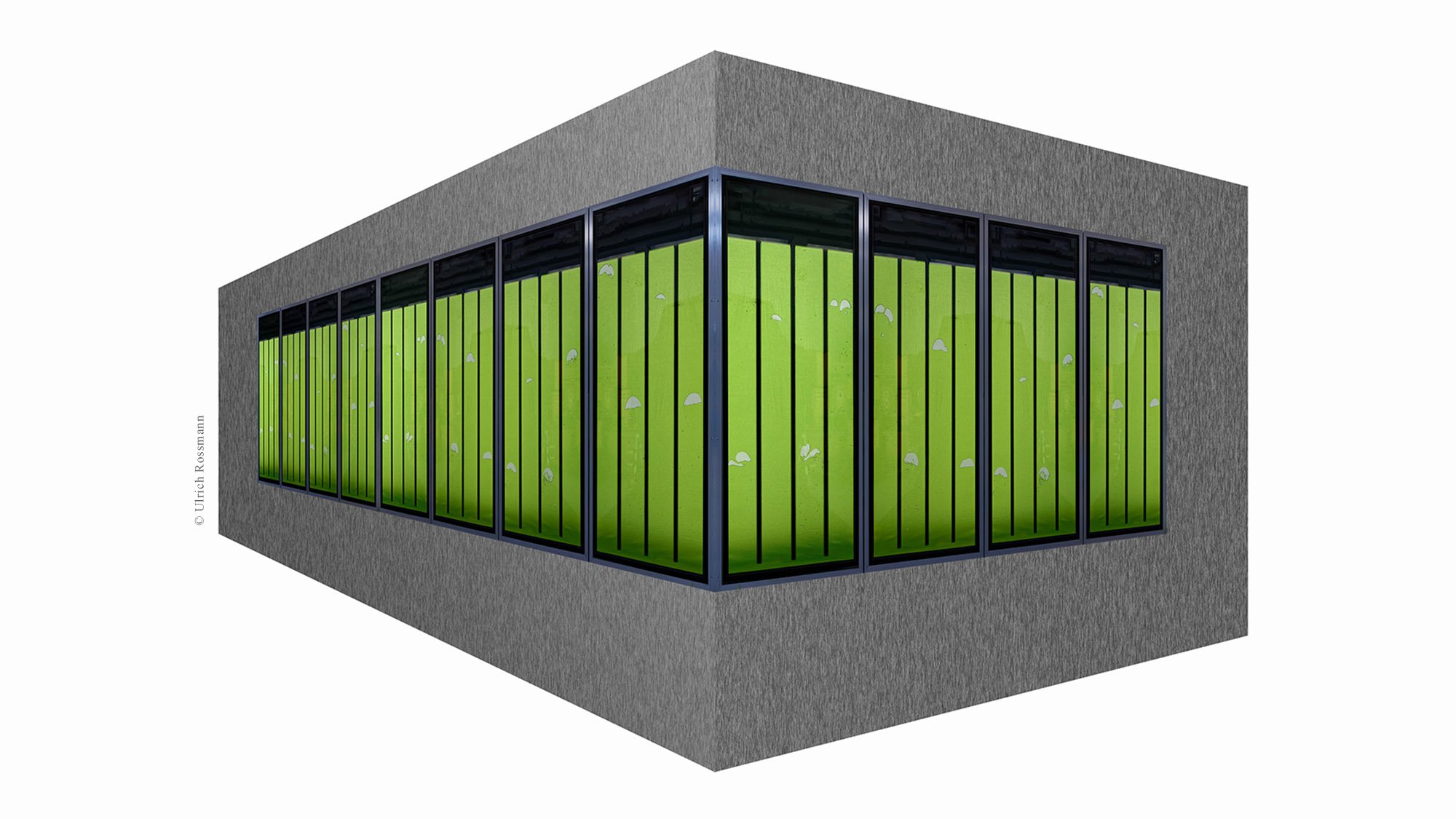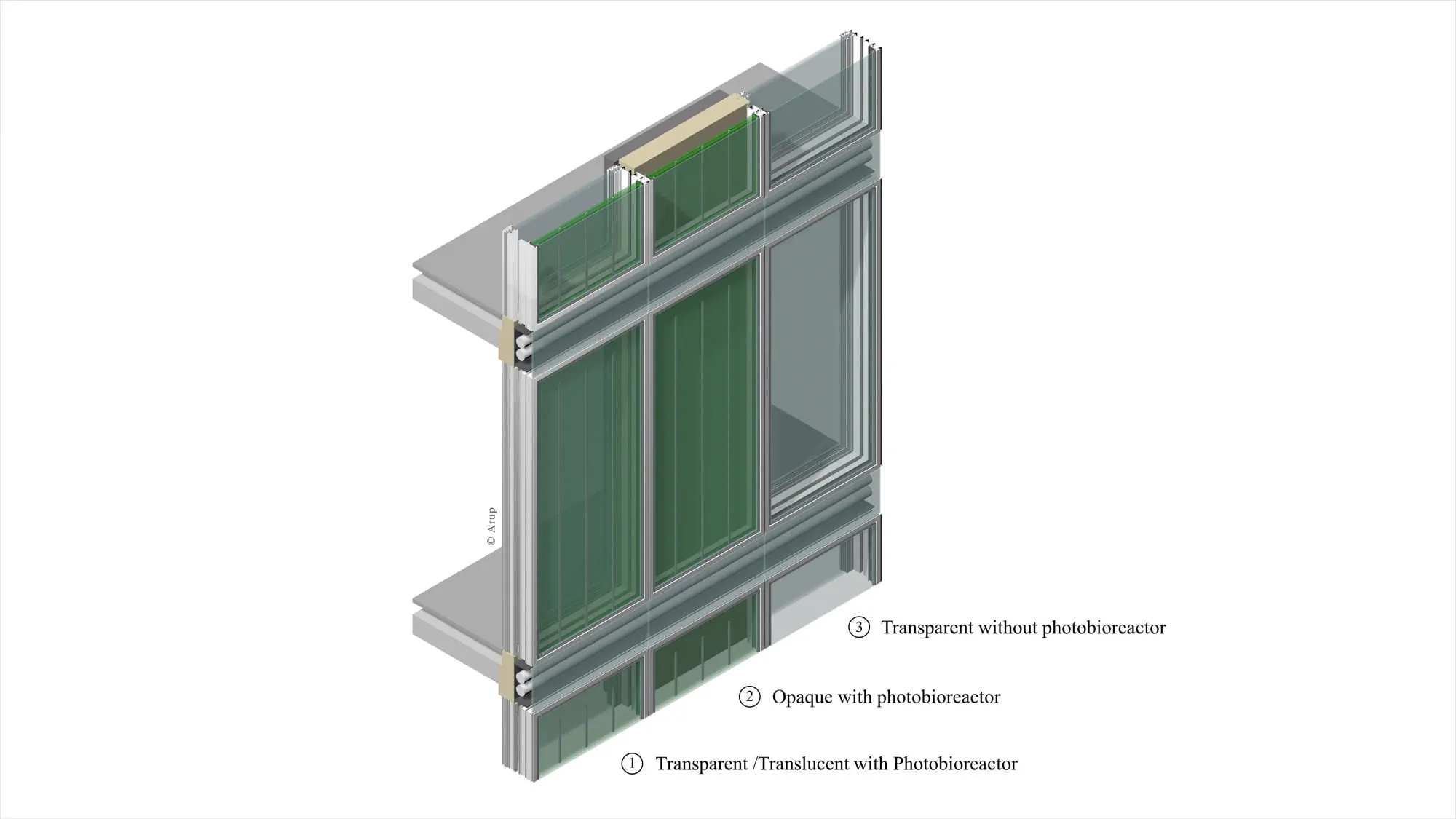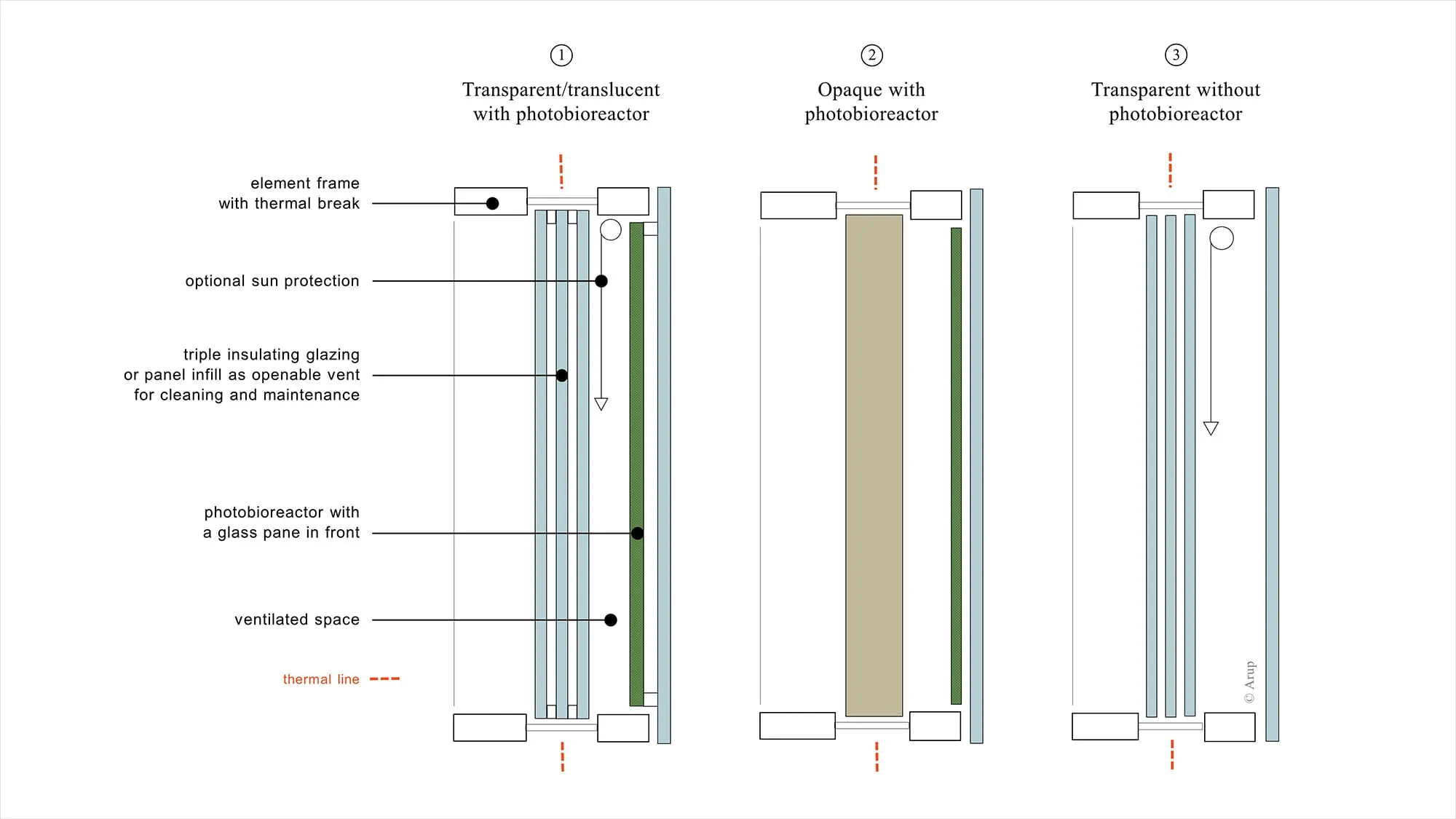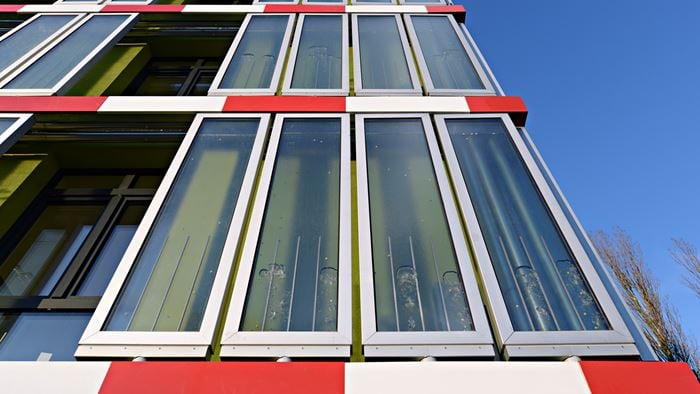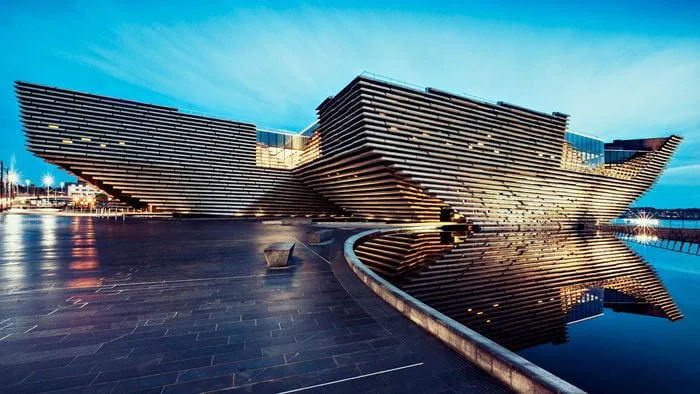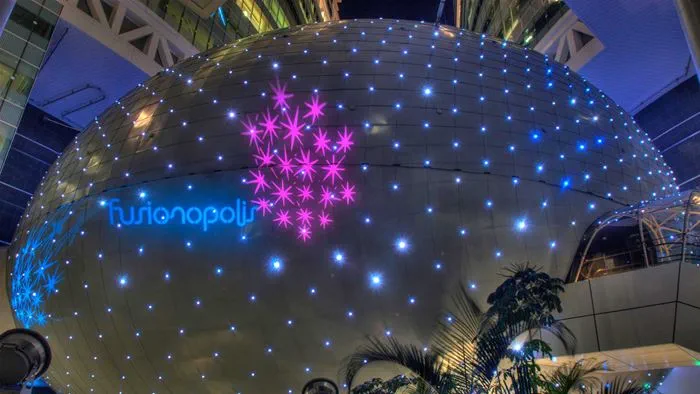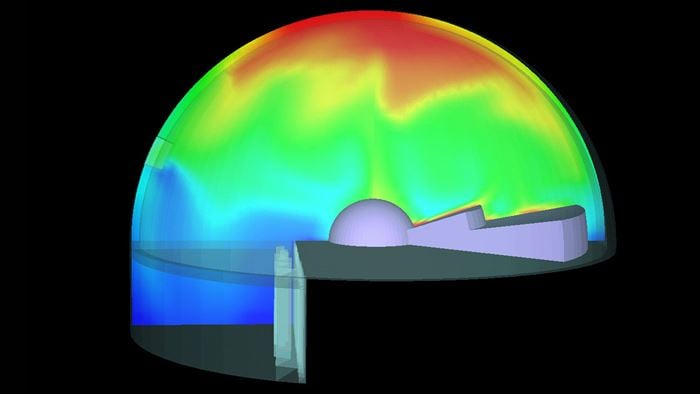As part of a research project, Arup is developing a glass facade system with integrated photobioreactors; the so-called bioenergy facade.
This is a further development of the SolarLeaf facade which was presented as the world's first algae bioreactor façade at the 2013 International Building Exhibition in Hamburg. Microalgae are cultivated in glass facade elements that generate heat for the building operation and biomass for the food and pharmaceutical industries.
A flexible facade solution
With the bioenergy facade, the SolarLeaf façade is to be further developed both aesthetically and technologically. Three different facade elements will open up new possibilities for architectural design: A translucent version, which allows the green colouring of the algae to be experienced in the interior, an opaque solution, in which the algae serve as design elements on the outer facade, and a transparent frame, which ensures undisturbed viewing.
Project Summary
5.5kg yield of biomass per m² bioenergy façade per year
38%solar energy conversion into heat
10kgCO₂ absorption per m² bioenergy façade per year
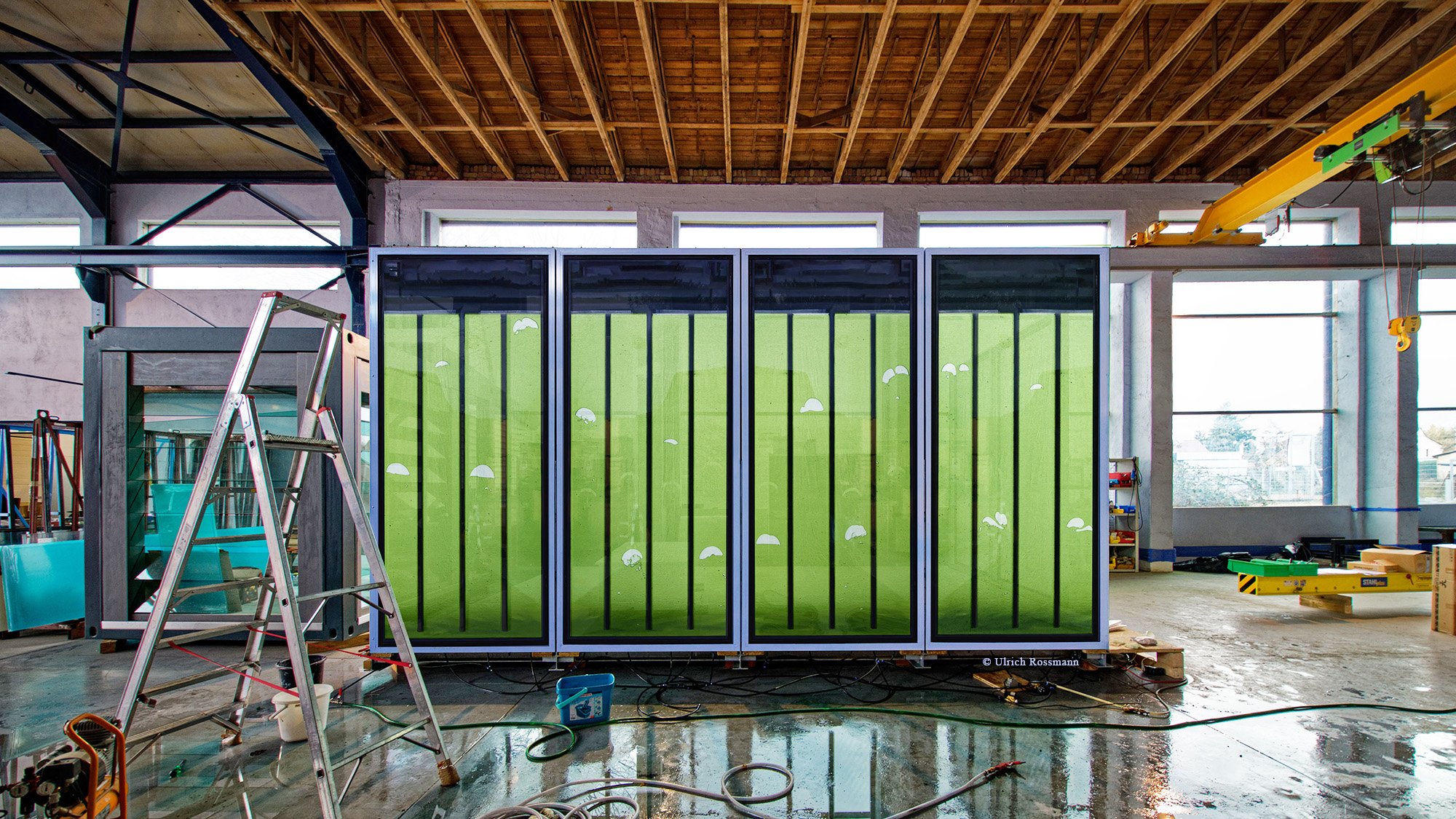
“We want to technologically optimise the bioenergy façade and – at the same time – expand the design options for architects and planners. The bioenergy façade should establish itself as a customizable product for façade design in order to implement closed material loops at the building and district level. ”
Jan Wurm Consultant
Optimisation of the photobioreactors
The glass elements of the bioenergy façade are part of a solar thermal system with which, additionally, microalgae are cultivated to build up biomass and absorb CO₂. With a thermal efficiency of 38 percent and a biomass conversion efficiency of 8 percent, the bioenergy façade is comparable to conventional solar systems. The function and cost-effectiveness of the system is to be ensured by an operator concept. The harvested algae are used in the food and pharmaceutical industries.
Computational Fluid Dynamics (CFD) simulations are used to create optimal conditions for the growth of microalgae. The computer-aided 3D models represent the flow and mixing processes within the bioreactors.
Arup is undertaking the research project in cooperation with Technische Universität Dresden and the project partners SSC GmbH, Pazdera AG and ADCO Technik GmbH. It is funded by the German Federal Ministry of Economics and Energy and is expected to be completed in April 2019 with the construction of a prototype.
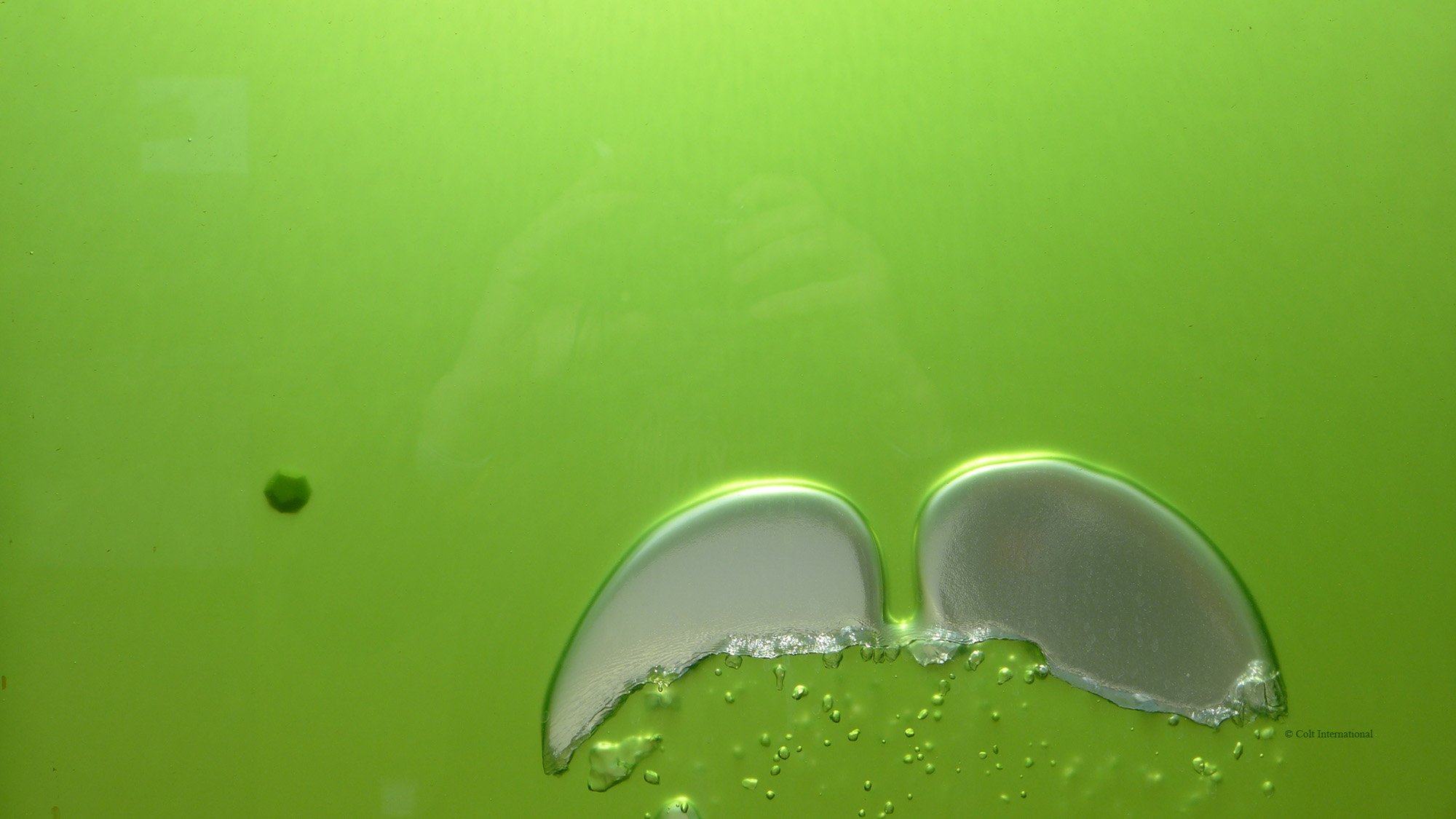 ;
;
